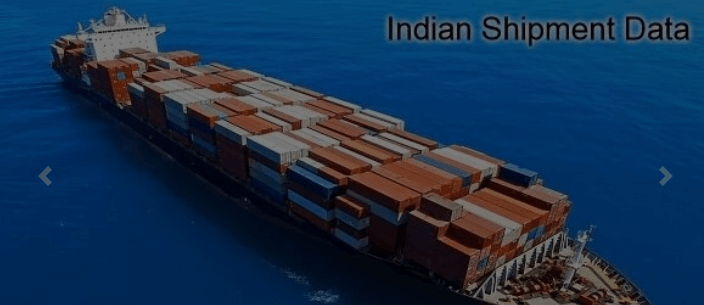Indian Shipment Data for export and import
India’s container shipping is the most important part of the Indian economy as it facilitates exports and imports of goods. Logistics companies, especially those engaged in the shipping industry, often collect and aggregate Indian freight data. However, companies can keep a copy of India’s shipping data when collecting or shipping supplies with sufficient paperwork assistance. Companies can help obtain Indian freight data by working with shipping companies and logistics-based government departments.

India’s shipping data for shipping contains details about freight charges and shipping characteristics. The data provides information about the weight of the cargo, the tertiary metric, the shipper’s destination, destination, destination, delivery number, start date, and arrival date. In addition, India’s shipping information provides an overview of overall freight, loading, unloading, and shipping costs.
Intelligence and Procurement Intelligence is the most used example of India’s shipping data. Linked to import / export data and international trade data is India’s shipping data. Indian freight data is widely used for supply chain intelligence and data analysis.
Where to get Indian Shipment Data ?
Shipping data for India can be obtained by various distribution methods. This is the case. For example, you can typically download past shipment data in bulk and deliver it in an S3 bucket. In contrast, if your use case is time-critical, you can buy the Indian Shipment Data API, feeds, and streams in real time to download cutting-edge intelligence.
Once the company has read the shipping results, it is ideal for analyzing shipping metrics in a quantitative and qualitative way. Based on the core characteristics of indigenous transportation data, companies can create transportation profiles in the following ways:
- Know where and where you can ship.
- Evaluate how the company manages the entire shipping operations for accounting components.
- It is important to have a complete understanding of the technical requirements for shipping management, integration, and packaging.
- Evaluate the sync factor for different teams at geographically different sites.
- Determine rigorous in-house shipping and monitoring technology to get inspiration for the right options.
The data can be obtained by various distribution methods. The best method depends on the use case. For example, you can typically download past shipment data in bulk and deliver it in an S3 bucket. For time-critical use cases, on the other hand, you can buy the latest intelligence with real-time Shipment Data APIs, feeds, and streams.
India’s customs data contains important information such as the name, quantity, price and HS code of Indian exporters, giving you true business intelligence on goods and HS classifications.
What Indian Shipment Data contains ?
India Customs Shipping Data covers certain areas:
- Name, address, phone, fax, email, contact information. • Indian exporter.
- Shipping date.
- HS coded.
- Product description.
- Export volume of üINR and US $ FOB.
- INR & US $ Unit price.
- Quantity and unit of measure
- Original port. (Indian port)
- Destination port
- Destination port
- Destination country.
- Shipping mode.